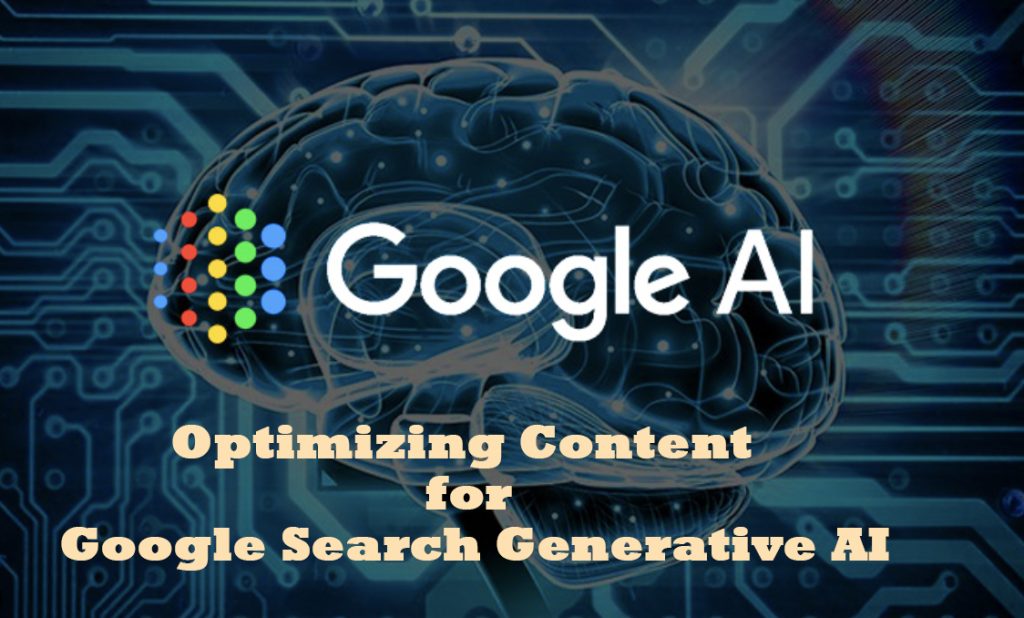As Google continues to evolve, the introduction of Google Search Generative AI marks a significant shift in how search engines interpret and rank content.
Unlike traditional search algorithms, this generative AI focuses on understanding the user’s intent more deeply and providing contextually relevant results.
For content creators and digital marketers, optimizing for this new search mechanism is essential to staying relevant and competitive.
In this guide, we’ll explore actionable strategies to optimize your content for Google Search Generative AI, ensuring your site ranks well and engages users effectively.
Strategies to Optimize Content for Google Search Generative AI
1. Focus on User Intent Over Keywords
In the era of Google Search Generative AI, user intent is king. Traditional keyword-stuffing practices no longer work.
While keywords are still relevant, the search engine now prioritizes the context around those keywords, trying to deliver the most accurate answer to the user’s query.
How to Optimize for User Intent:
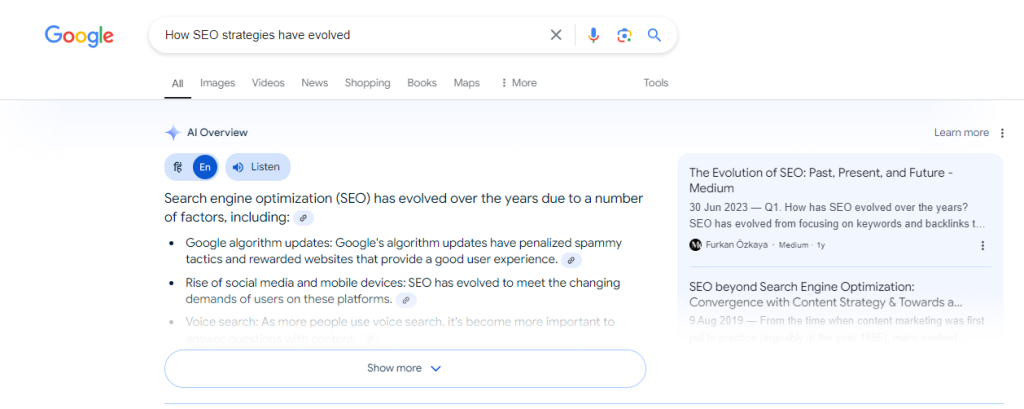
- Understand Search Queries: Break down the types of questions users are likely asking. What problems are they trying to solve? Tailor your content to provide in-depth solutions rather than just listing facts.
- Use Conversational Language: Write your content in a way that mirrors how users might phrase questions or seek information. Phrases like “How to…” or “What is…” can help match user search intent.
- Create Detailed Content: Ensure your content answers not only the primary question but also related queries. This shows the search AI that your page provides comprehensive information.
2. Write for People, Not Just Algorithms
With generative AI understanding human language at a deeper level, it’s crucial to write content that feels human.
The days of robotic-sounding, keyword-stuffed content are long gone. Google’s AI now prioritizes content that offers value to readers.
Tips for Creating Human-Centered Content:
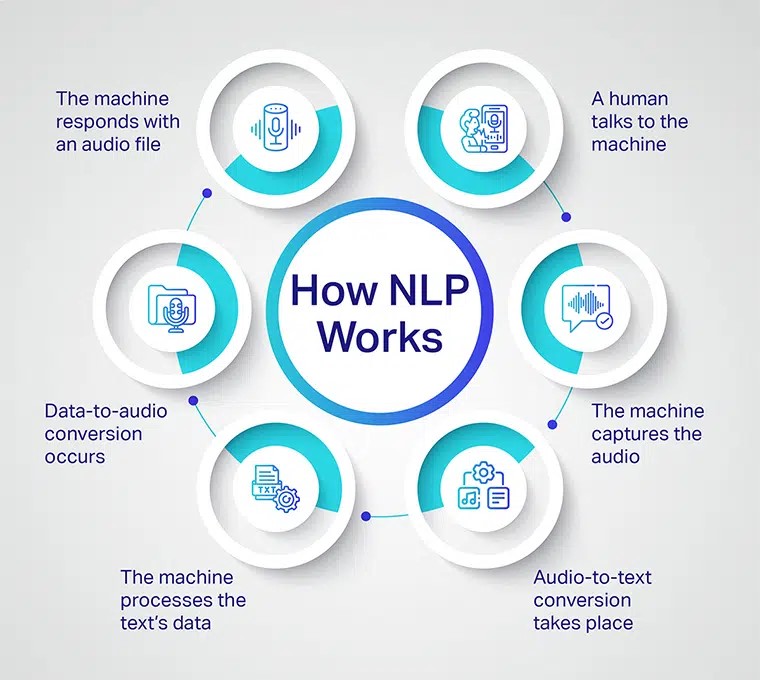
- Use Natural Language: Make your content conversational. Readers and AI alike appreciate easy-to-understand text that flows naturally.
- Provide Value: Focus on helping the reader by answering their questions in a clear, concise manner. Consider adding examples, FAQs, and even case studies where appropriate.
- Avoid Keyword Overuse: Over-relying on keywords makes your content look spammy. Instead, use synonyms and related terms to maintain a natural tone while still signaling relevance to search engines.
3. Optimize for Featured Snippets and Rich Results
Google Search Generative AI often pulls data for featured snippets and rich results, so structuring your content with this in mind can boost visibility.
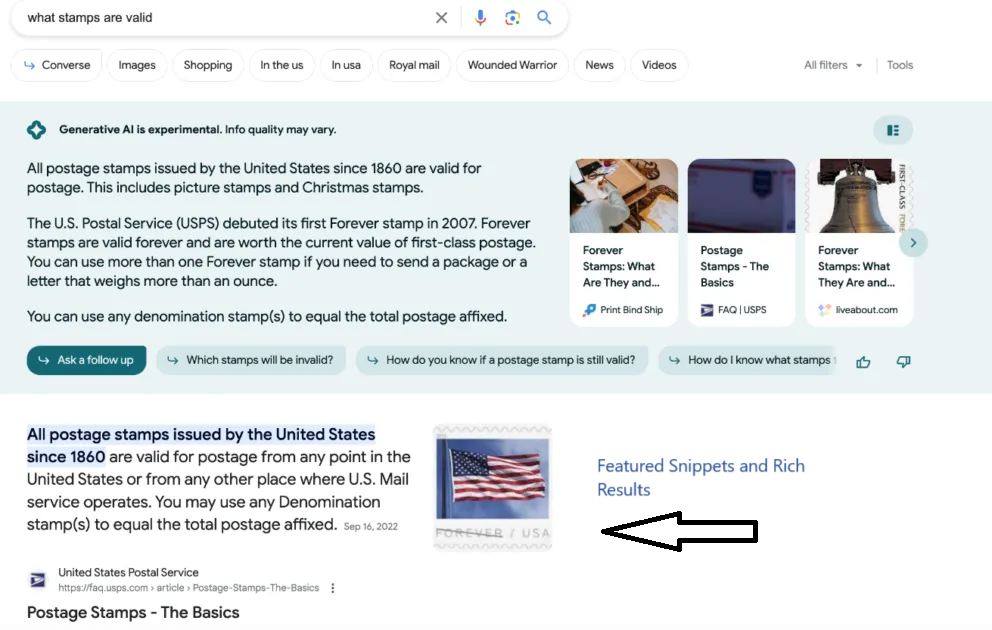
How to Optimize for Featured Snippets:
- Answer Questions Directly: Use headings (H2, H3) that align with common user questions. In the content below, offer a concise and clear answer.
- Bullet Points and Numbered Lists: Search AI favors lists because they are easy to scan and offer structured answers. Wherever possible, break down your content into bulleted or numbered lists.
- Use Structured Data Markup: Adding schema markup helps Google’s AI understand and display your content in rich formats like snippets, FAQs, and other enhanced results.
Explore how Google Search Generative AI is revolutionizing the way we navigate search results, offering more precise and contextually relevant answers than ever before
4. Create Long-Form, High-Quality Content
Google’s AI values comprehensive, in-depth content over shorter, thin posts.
Pages that cover a topic from multiple angles, with thorough explanations and examples, are more likely to rank higher in search results.
Tips for Long-Form Content:
- Content Length Matters: Aim for at least 1,500 words on core topics to provide the depth that generative AI is looking for. However, make sure each section adds value and doesn’t become repetitive.
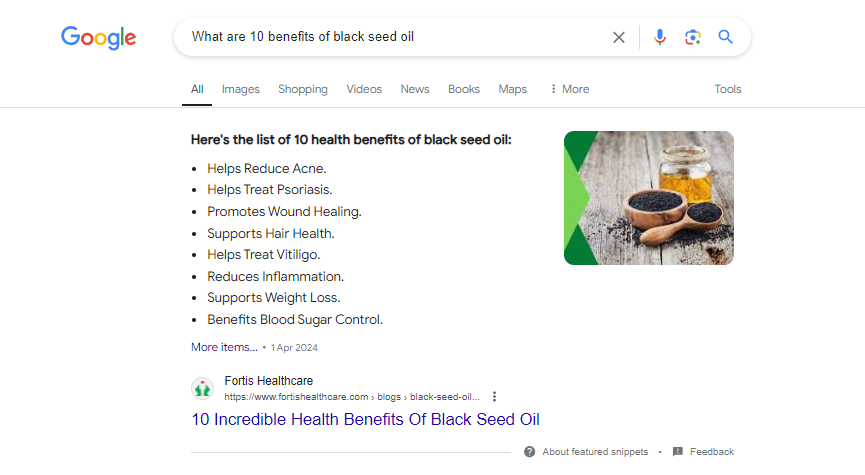
- Break Content into Sections: Use H2 and H3 headings to divide your content into scannable chunks. This improves readability and helps search AI understand the structure of your page.
- Incorporate Media: Use images, infographics, and videos to support your content. Generative AI is more likely to favor content that provides a rich user experience.
5. Leverage AI Tools for Content Creation and Optimization
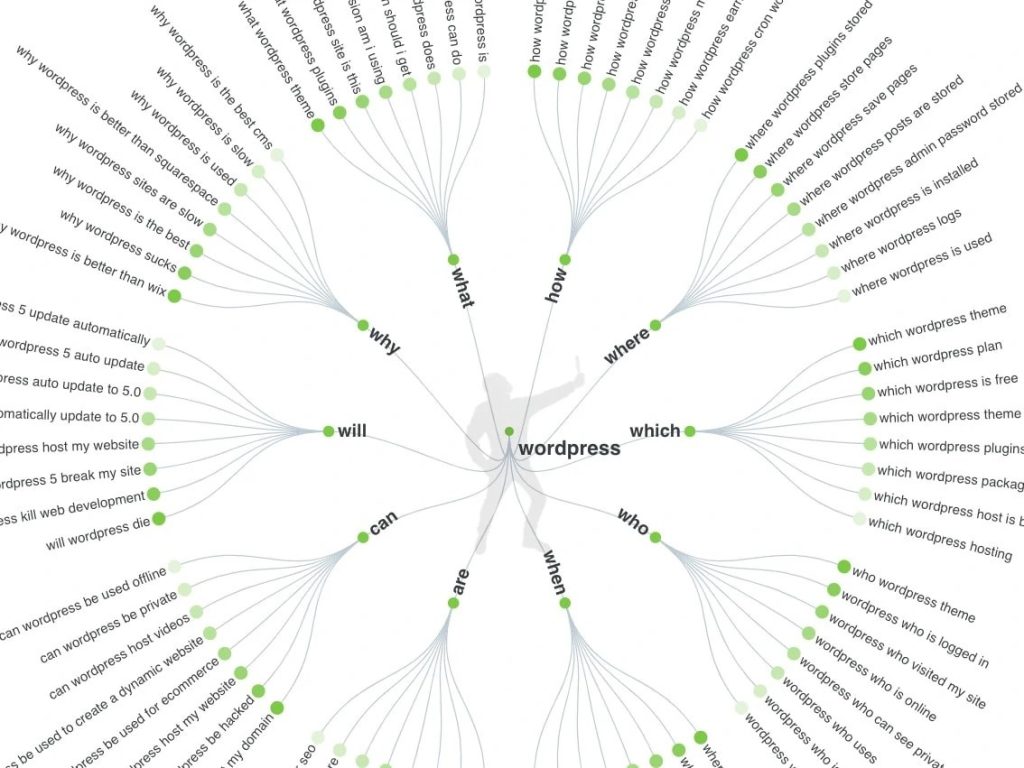
With the rise of Google’s generative AI, it’s only fitting to use AI tools to optimize your content. AI can help in keyword research, content ideas, and even writing assistance.
Top AI Tools to Consider:
- Surfer SEO: Analyzes the top-ranking content in your niche and provides recommendations for improving keyword usage, headings, and content structure.
- Frase: Helps generate answers for commonly asked questions and optimizes content for featured snippets.
- Market Muse: Assists in content planning, helping you find topics that align with user intent and fill content gaps in your niche.
Example: Use tools like AnswerThePublic to discover what questions people are asking about “Generative AI” and tailor your content accordingly.
6. Prioritize Mobile Optimization
With over 60% of searches now happening on mobile, ensuring your content is mobile-friendly is essential for both ranking and user experience.
How to Optimize for Mobile:
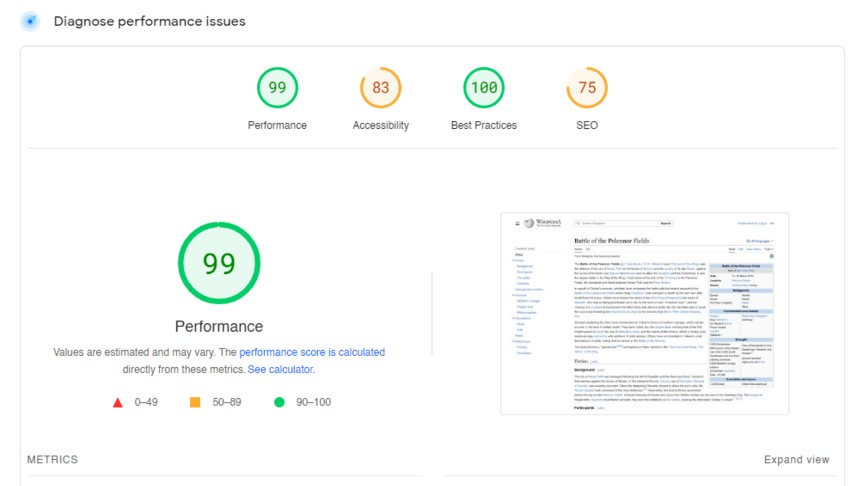
- Responsive Design: Ensure your website is optimized for mobile with responsive design. Use legible fonts, scalable images, and fast-loading elements.
- Mobile-Friendly Formatting: Break down your content into shorter paragraphs, use larger fonts, and incorporate plenty of white space to make it easy to read on smaller screens.
- Page Speed Optimization: Google considers page speed as a ranking factor, especially on mobile. Use tools like Google PageSpeed Insights to identify areas for improvement.
Example: Test how your article looks on mobile by opening it on different devices and ensuring all images, text, and calls-to-action are easily accessible.
7. Monitor and Adapt Your Content Strategy
Finally, optimizing for Google Search Generative AI is not a one-and-done task. Continuous monitoring and adaptation are key to staying relevant in the ever-evolving search landscape.
Steps for Ongoing Optimization:

- Track Performance: Use Google Analytics and Google Search Console to monitor how your content is performing in search results. Identify which pages generate traffic and which ones need updates.
- Update Regularly: AI-driven search is constantly evolving. Regularly update your content with new information, statistics, or insights to keep it fresh and relevant.
- A/B Test Content: Test different headlines, formats, and content lengths to see which perform best for engagement and ranking.
Conclusion
Optimizing content for Google Search Generative AI is all about understanding user intent, creating high-quality and comprehensive content, and leveraging the power of AI tools.
By focusing on these strategies, you can ensure that your content thrives in the new AI-driven search landscape.
Ready to Boost Your Search Rankings?
At LalitWebWorld, we specialize in creating AI-optimized content that not only ranks but engages your audience.
Let us help you stay ahead in the ever-changing digital landscape. Contact us today to start optimizing your content for Google’s latest search innovations!

